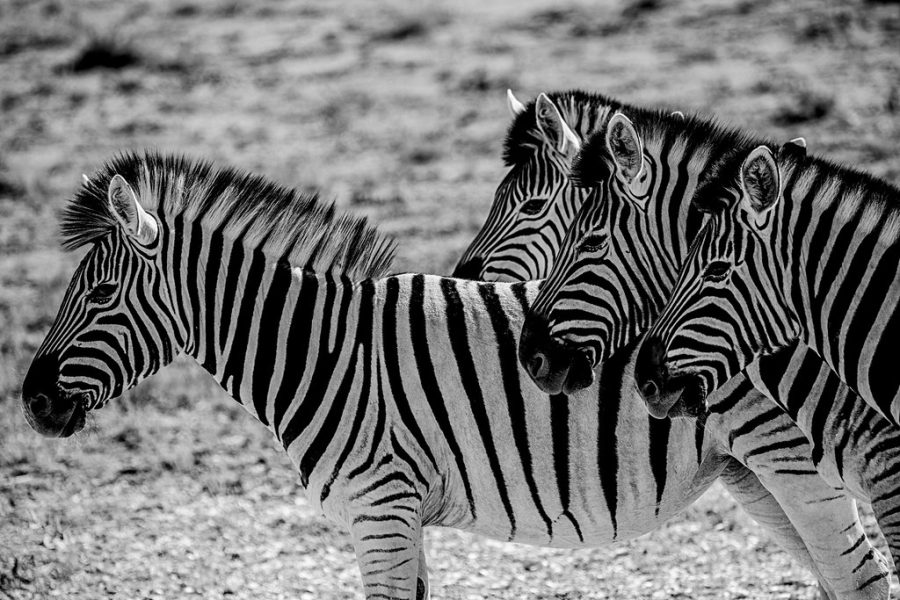Animal Rights or Animal Wrongs?
Zebras roaming the savanna.
Famous author and philosopher, Anthony Douglas Williams, once stated that “when humans act with cruelty, we characterize them as animals, yet the only animal that displays cruelty is humanity.” Unfortunately, actions of animal cruelty still plague the world today, and can be found in the least expected places. Specifically, zoos and aquariums. Although exotic zoo exhibits and exciting aquarium shows are often viewed as safe places for the animals, these animal-based forms of entertainment pose the question of whether what they are doing is really ethical. The facilities enforce the practice of using animals for the amusement of humans, a topic that should be addressed.
One of the biggest issues posed against animal rights activists today is the idea of caging and displaying animals in the name of conservation. Put in simple terms, zoological facilities take animals from their natural habitats and place them in enclosures for humans to view them. Although these places provide the public with an opportunity to see and appreciate these creatures, the effect they have on the wildlife should be addressed. For example, these facilities, no matter how top-quality, are still artificial and often disrupt natural ways of life simply for profit. For example, according to LCA (Last Chance for Animals), animals that live in any sort of exhibit are “removed from their natural habitats and social structures” and are almost always “confined to small, restrictive environments,” which also deprives them of the natural stimulation they would receive in the wild (McArthur). Most zoos and aquariums today claim to only showcase endangered or abandoned animals from the wild, and they are expected to put a lot of thought into the environment provided. However, the process of disrupting their natural way of life in order to live a displayed and unnatural lifestyle is unethical.
Knowing this information, are these sanctuaries really as promising for animal species as people believe? Animal rights activists today believe that the idea of zoos and aquariums even with the best intentions in mind, still produce artificial results that can not compare to the fascinating biodiversity of the real world. However, oftentimes these sanctuaries prove to be necessary, as somewhat of a last resort in preserving the wildlife of the world. Alexis Vaile, freshman at Wilcox High School, explains how she believes that “it is okay to enjoy animal related entertainment, but never at the expense of the animal.” Although avoidable, discovering these creatures is still a vital aspect in living in this world, and visitors should Wilcox High School biology teacher, Ms. Slate, reflected on a past experience of visiting the aquarium, explaining that it “compelled me to become a certified SCUBA diver so that I could see and experience these animals in their native habitats.” Although looked down upon, top quality zoos and aquariums have the ability to inspire generations, and serve as a glimpse into the real world. However, this also emphasizes how the best and least harmful way to discover the fascinating world of animals is in the wild, where the habitats are at their most natural form and the species never have to undergo disruption and stress.
Overall, although zoos and aquariums are typically viewed as sanctuaries and safe places for animals, this is not always the case. Even the best zoological facilities serve as more of a way to showcase wildlife in artificial habitats in order to entertain people, a practice that disrupts natural ways of life in the process. However, at best, these places provide visitors with a small glimpse into the wild, inspiring generations to continue protecting and appreciating species while also motivating them to view these animals in their true natural habitats. However, there lies a fine line between conservation and unethical entertainment– so the next time you visit the zoo, remember to prioritize animal rights, not animal wrongs.






